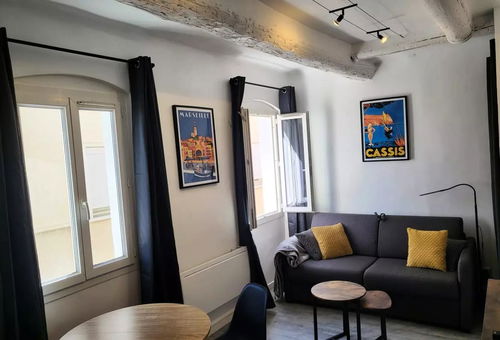Noailles district
In 1666, Louis XIV ordered major works to enlarge the city of Marseille. It was during this period that the famous Canebière and Rue des Noailles were created. Nicknamed the "belly of Marseilles" because of the presence of many food shops (fruits and vegetables, butchers, fish shops, food and exotic spices ...), this district also has something to relate in the same way as any other historical district of the Phocaean city.Initially, the area hosted aristocrats and other high dignitaries. In those days, it was still called the neighborhood of Nobles. Some say that the name "Noailles" would result from a mutation of the word "noble", but in reality, the name comes from elsewhere. In 1679, a private mansion in the district was occupied by Jacques de Noailles, a lieutenant of galleys. The name remained, while the character was just passing.As mentioned above, the neighborhood houses a large concentration of food businesses. These establishments are mainly located at the markets of Capuchins and that of Longue-des-Capucins. You may be wondering why the name of Capuchin monks comes back as often. Simply because they settled here in 1579, before being expelled in 1791, during the French Revolution.In Noailles, there are not only markets for fruits and vegetables and other foodstuffs, there are also shopping streets that host chic and luxury boutiques. For example, the street Saint-Ferréol, which rich merchants occupy from 1860 to the present day. This is where you can find all major fashion brands as well as the most stylish establishments.The history of Noailles district is also related to that of transport in Marseille. It was here that the first tramway in Marseille was installed and put into service in December 1893. Today, the metro and tram stations are located at this place. It is therefore natural that the Galerie des Transports was founded here, a museum that traces the evolution of Marseille transport.
 Essential
Essential
 Classic
Classic
 Essential
Essential
